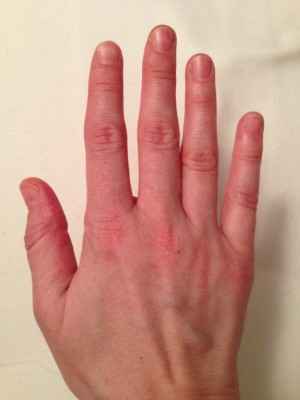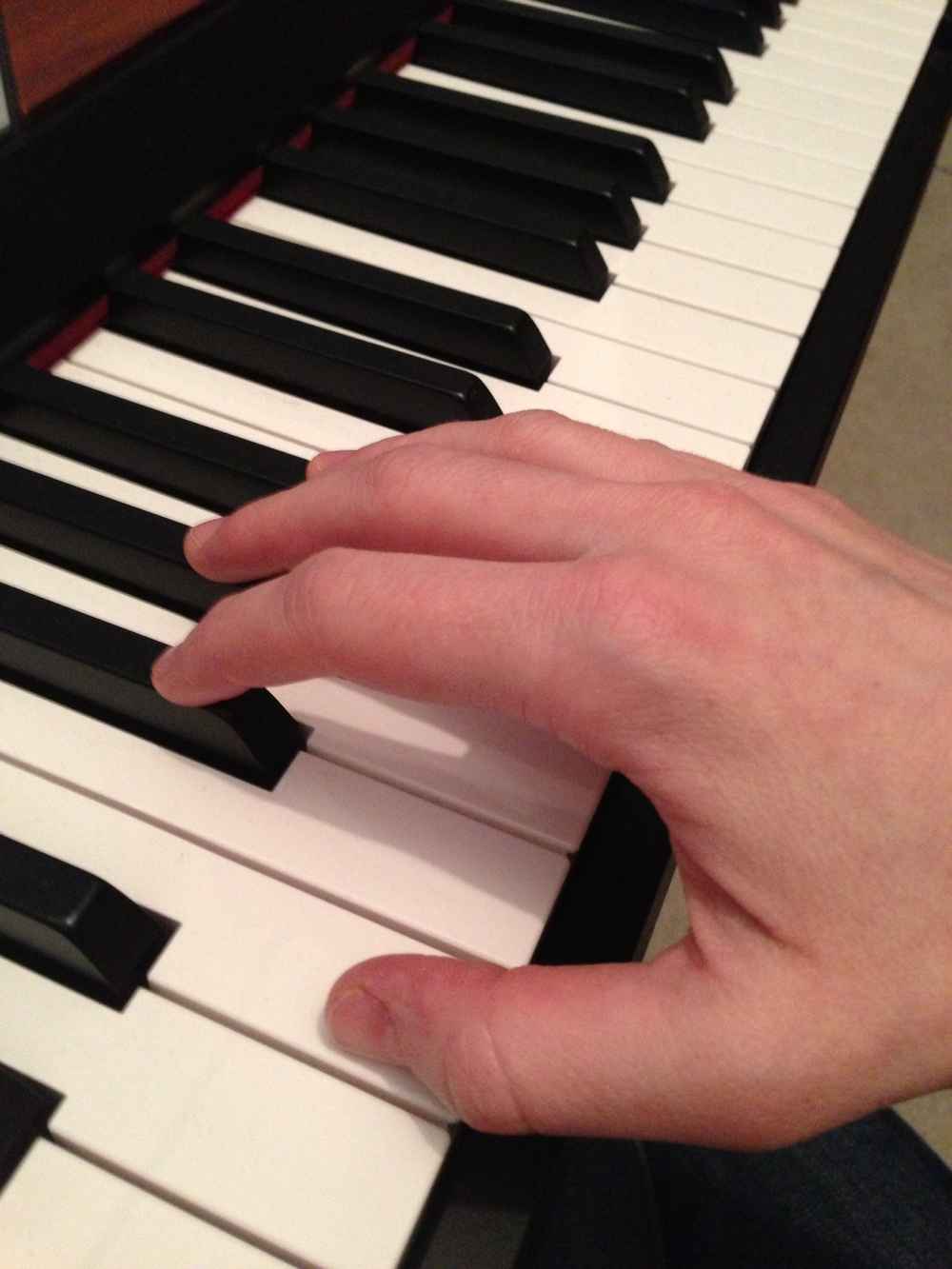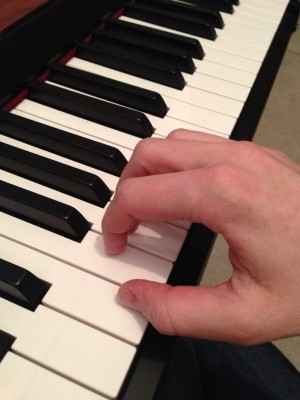How to play the C Major scale on piano
After my past couple of posts based on more philosophical thoughts, today, I will write about something more practical on Piano Technique: playing the c major scale. This is one of the first things that you will learn when you take piano lessons.
When playing an instrument, we have to be knowledgeable not only about history of music, composers and some music theory, but also how the instrument is built, and what technique we have to use in order to play on it. These are issues we deal with on a daily basis while we practice, learn a new piece, or teach.
Scales are a huge part of piano playing and everybody goes through the process of learning the proper fingering. When playing scales on the piano we have to be very well coordinated since scales are played with both hands in the same time. In a scale, the right hand is playing the exact same notes as the left, but the fingering will be different. The motion of the hands will be parallel. In the beginning this is something very difficult to achieve since beginning pianists still don’t have their sense of coordination very well developed.
Repetition is the only way you will get the fingering right. Repetition is also the only way you will get faster at playing your scales.
Some of you might think the C major scale is the easiest to play on the piano since they are no black keys involved. I personally think this is false, and the reason why is because of your hand anatomy.
As you can see in photo 1, finger 1 (thumb) is the shortest one and finger 2 (index), 3 (middle), and 4 (ring) are almost the same length followed by 5 (pinky) which is much shorter than the other three. Photo 1.

If you put your hand naturally on the piano with fingers slightly curved, in a position where your mussels will feel most relaxed, you will see, you automatically would want to touch black keys.

As I said before for the c major scale they are no black keys. You fingers stay on white the whole time. This will require more attention to your hand position and adjustment to how your curve your fingers. Photo 3.

Hands are placed one octave apart. Start from lower register and leave yourself enough octaves to go all the way up to the high register on the piano
Fingering is as follows: Right hand places the thumb on middle c, second finger on d, third on e, then 1 again on f, two on g, three on a, four on b, and again one on c. If the second c is your last octave than instead of playing c with the thumb, just finish your last octave with the five.
Left hand is a mirror to the right
Two Octave C Scale
C D E F G A B C D E F G A B C
R. H. 1-2-3-1-2-3-4-1-2-3-1-2-3-4-5
L. H. 5-4-3-2-1-3-2-1-4-3-2-1-3-2-1
One Octave C Scale
C D E F G A B C
R. H. 1-2-3-1-2-3-4-5
L. H. 5-4-3-2-1-3-2-1

Related

Article
Basics of Interpretation on the piano
Learn three basic ways to interpret music on the piano.
Staff


Staff
